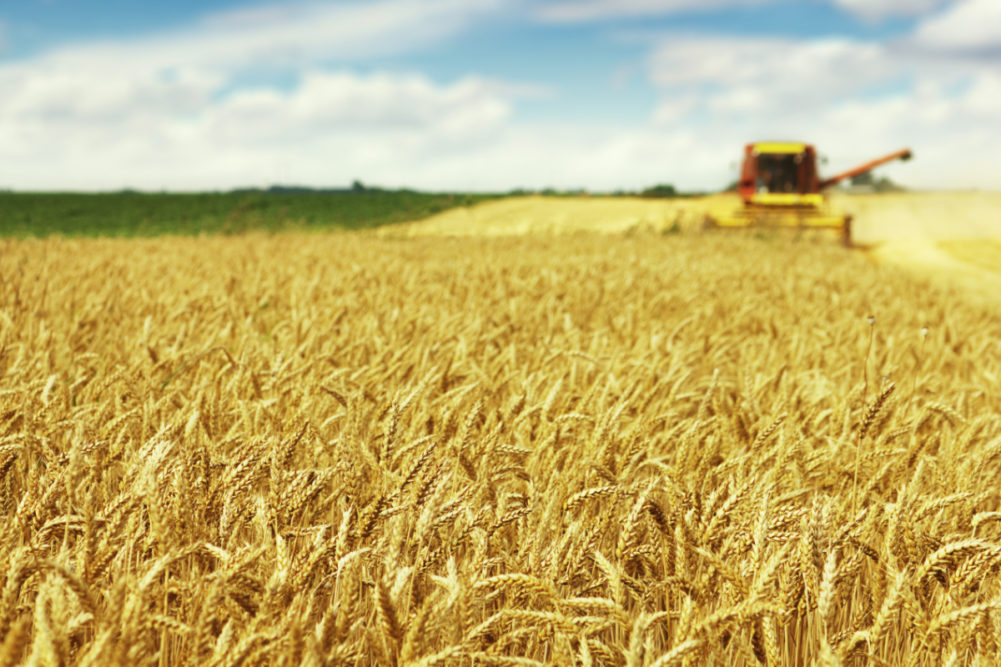LONDON, ENGLAND – Wheat prices are generally higher than at the start of the summer, but they’re still well below the levels seen at the same time in 2022. The conflict in Ukraine, with shipments through the Black Sea from Ukraine almost entirely stopped since July 17, is creating additional uncertainty as it has done since the Russian invasion in February 2022.
In its Grain Market Report of Sept. 22, the International Grains Council (IGC) said that with strong export competition contrasting with ideas of tightening global supply prospects, notably for high protein varieties, world wheat markets witnessed mixed trends during the past month.
The IGC’s price index “dropped to a more than two-year low in early September but reversed course thereafter on heightened worries about crop prospects in Argentina, Australia and Canada, coupled with reported quality issues in parts of the EU and Ukraine, as well as mounting quality worries in Kazakhstan,” the IGC said. “News of intensified attacks on Ukraine's Danube ports added price support, albeit there was growing optimism about the country's newly established temporary seaborne corridor.”
Prices rose by a net 1% from the time of the IGC’s previous report, a month earlier, reaching a level 22% lower than a year earlier, “led by gains in the US, where tight Gulf logistics contributed to firmer export premiums, and in Australia, due to dwindling production forecasts,” it said. “Additionally, EU prices were underpinned by improving exporter sentiment amid renewed buying by China and limited competition from Russia in recent tenders.”
Bucking trends at most other origins, Russia's quotations for private business were assessed lower month on month, with more talk that the unofficial floor price was only applicable to some public tenders, it said.
“Planting of the 2024-25 northern hemisphere winter wheat crop is underway,” the IGC said. “While the recent downtrend in market prices could temper farmers' appetite for wheat cultivation in some countries, values remain at generally elevated levels, while input costs are also broadly lower compared to a year ago.
“In addition to developments in grain markets, acreage decisions will also hinge on rotational requirements and upcoming weather. Autumn planting conditions in Europe and the main Black Sea suppliers are broadly satisfactory, albeit with weather trending drier in recent weeks. In Russia, fieldwork is about halfway complete, with acreage seen broadly steady year on year.”
US plantings have progressed normally so far, “although large parts of the Wheat Belt are mired in drought, recent rains have been useful, seen heaviest in PNW states,” the IGC said.
The USDA’s Foreign Agricultural Service explained in its Grain: World Markets and Trade report, published on Sept. 12, that “overall, major exporter quotes slid since the August WASDE (World Agricultural Supply and Demand Estimates (WASDE), published on Aug. 11) with the ongoing Northern Hemisphere harvests and strong competition from Russia.”
“Canadian quotes experienced the largest decline, dropping $29/tonne despite reduced production arising from unfavorable crop conditions this summer. EU quotes fell $16/tonne on a slow French export pace and stiff competition with Russia. Argentine quotes slid $9/tonne despite a reduced planted area forecast from the government. U.S. quotes declined $8/tonne on accelerating spring wheat harvest progress and sluggish export sales.”
Australian and Russian quotes were virtually unchanged, it said.
In its Food Price Index published on Sept. 8, the United Nations Food and Agriculture Organization said international wheat prices fell by 3.8%, mostly reflecting higher seasonal availability from ongoing harvests in several leading exporters in the northern hemisphere, it said.
Chris Lyddon is World Grain’s European correspondent. He may be contacted at: cajlyddon@gmail.com.




